Home>Renovation & DIY>Tools & Equipment>What Can I Use Instead Of Spackle
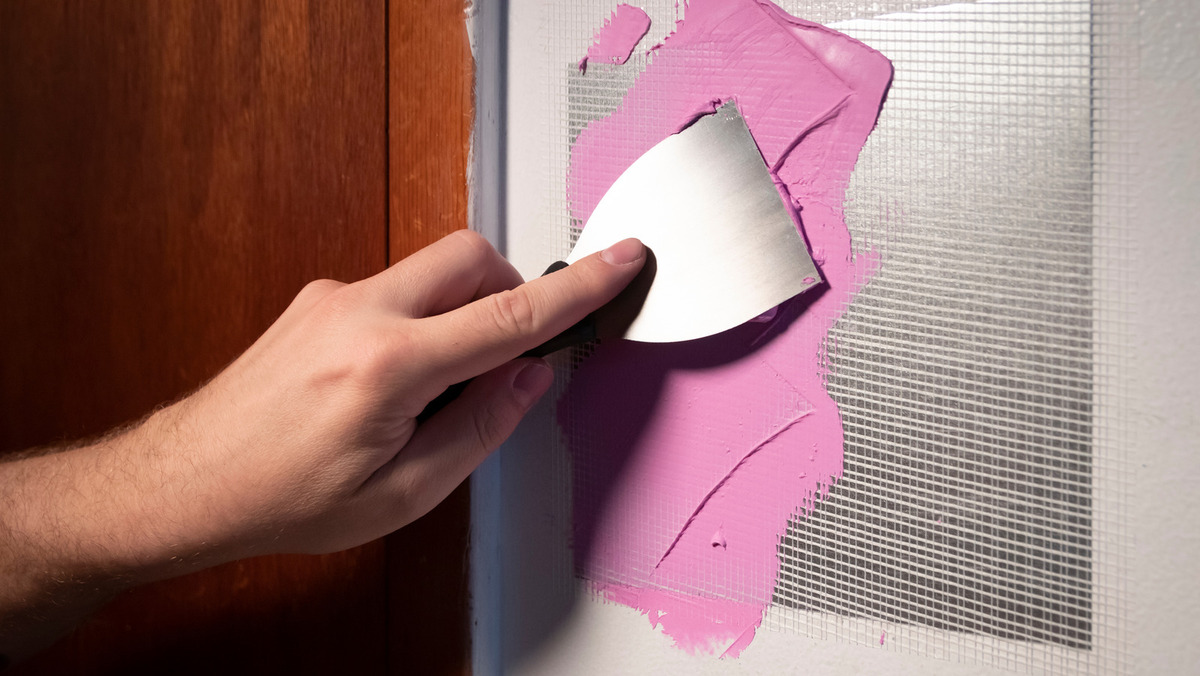

Tools & Equipment
What Can I Use Instead Of Spackle
Modified: February 23, 2024
Discover alternative tools and equipment to use instead of spackle for your home improvement projects. Find the best options for filling holes and cracks.
(Many of the links in this article redirect to a specific reviewed product. Your purchase of these products through affiliate links helps to generate commission for Storables.com, at no extra cost. Learn more)
Introduction
So, you’ve got a hole or crack in your wall that needs fixing, but you’re fresh out of spackle. No need to worry, though, because there are several alternatives that can help you get the job done just as effectively. Whether you’re a seasoned DIY enthusiast or a casual homeowner looking to patch up some imperfections, having a few alternatives to spackle in your toolkit can be incredibly handy.
In this guide, we’ll explore various substitutes for spackle, from drywall joint compound to wood filler, and discuss their unique properties and best use cases. By the end of this article, you’ll have a good understanding of the different options available to you, allowing you to make an informed decision based on your specific needs and the nature of the repair job at hand.
Let’s dive into the world of spackle alternatives and discover the versatility and effectiveness of these options for repairing and beautifying your living space.
Key Takeaways:
- Don’t fret if you’re out of spackle! Drywall joint compound, patching plaster, wood filler, caulk, and spackling paste are versatile alternatives for seamless repairs on different surfaces.
- Each alternative has unique properties for specific repair needs. From filling nail holes to patching cracks, these options empower DIY enthusiasts and professionals to achieve professional-looking results.
Read more: What Can I Use Instead Of A Protractor
Drywall Joint Compound
Drywall joint compound, also known as mud or drywall mud, is a fantastic alternative to spackle for repairing and patching drywall. This versatile material is primarily used for taping and finishing drywall joints, but it can also be used to fill small to medium-sized holes and cracks in drywall surfaces.
One of the key advantages of drywall joint compound is its smooth and malleable consistency, which makes it easy to work with and ideal for achieving seamless repairs. It comes in different formulations, including lightweight and all-purpose versions, each catering to specific needs and preferences. The lightweight variant is easier to sand and is suitable for filling small imperfections, while the all-purpose version is great for a wide range of applications.
When using drywall joint compound as a substitute for spackle, it’s important to apply it in thin layers, allowing each layer to dry completely before applying the next. This ensures a strong and durable repair that seamlessly blends with the surrounding surface. Additionally, sanding the dried compound between layers can help achieve a smooth and flush finish.
Whether you’re repairing a dent from a door handle or covering up nail holes, drywall joint compound offers excellent adhesion and minimal shrinkage, resulting in professional-looking repairs. It’s readily available at hardware stores and is a staple product for drywall finishing and repair projects.
Overall, drywall joint compound is a reliable alternative to spackle, especially for larger repairs on drywall surfaces. Its ease of use, versatility, and seamless finish make it a go-to option for DIY enthusiasts and professionals alike.
Patching Plaster
When it comes to repairing larger holes and cracks in walls, patching plaster is a tried-and-true alternative to spackle. This durable and long-lasting material is well-suited for filling substantial imperfections and creating a smooth, even surface for painting or finishing.
Patching plaster, often available as a powder that is mixed with water to form a workable paste, offers superior strength and structural integrity, making it an excellent choice for repairing damaged walls. Its composition typically includes gypsum, lime, and other additives that contribute to its adhesive and hardening properties.
One of the notable benefits of patching plaster is its ability to withstand moisture and temperature changes, making it suitable for repairs in areas prone to high humidity or temperature variations. Additionally, patching plaster sets relatively quickly, allowing for efficient and timely repairs.
When using patching plaster as an alternative to spackle, it’s important to prepare the surface by cleaning it thoroughly and ensuring it is free of dust and debris. The paste should be applied generously to fill the hole or crack, and excess material can be smoothed out using a trowel or putty knife. Once the patching plaster has set and dried, it can be sanded to achieve a seamless and uniform finish.
Whether you’re dealing with a large puncture from a doorknob or repairing a damaged section of a plaster wall, patching plaster provides the strength and durability needed to restore the wall’s integrity and aesthetics. Its reliable performance and resilience make it a popular choice for professional contractors and homeowners tackling substantial wall repairs.
In summary, patching plaster is an excellent alternative to spackle for repairing larger holes and cracks in walls, offering exceptional strength, durability, and versatility for a wide range of repair applications.
Wood Filler
Wood filler is a versatile and reliable alternative to spackle, particularly when it comes to repairing wooden surfaces such as furniture, trim, or wooden walls. This specialized filler is designed to seamlessly fill gaps, cracks, and imperfections in wood, providing a sturdy and aesthetically pleasing solution for a variety of woodworking projects.
Available in a range of formulations, including water-based and solvent-based options, wood filler is typically composed of wood fibers or sawdust combined with a binding agent, such as epoxy or latex. This composition allows the filler to mimic the appearance and texture of wood, making it an ideal choice for concealing blemishes and restoring the natural beauty of wooden surfaces.
When using wood filler as an alternative to spackle, it’s important to select a formulation that matches the type of wood you are repairing. Additionally, the filler should be applied generously to the damaged area, ensuring that it fills the gap or crack completely. Once applied, excess filler can be smoothed out using a putty knife or a similar tool, and the surface can be sanded once the filler has dried to achieve a seamless and flush finish.
Wood filler offers excellent adhesion and can be stained, painted, or finished to match the surrounding wood, creating a cohesive and visually appealing result. Whether you’re repairing a chip in a wooden door or filling gaps in a hardwood floor, wood filler provides a durable and long-lasting solution that seamlessly integrates with the natural characteristics of wood.
Overall, wood filler is a go-to alternative to spackle for repairing wooden surfaces, offering exceptional versatility, durability, and aesthetic appeal. Its ability to blend seamlessly with wood makes it a valuable tool for woodworking enthusiasts, carpenters, and homeowners seeking to maintain and restore wooden elements in their living spaces.
You can use joint compound or drywall mud instead of spackle. They are both easy to work with and can be used to fill in holes and cracks in walls.
Caulk
When it comes to filling gaps and cracks around trim, baseboards, and other surfaces, caulk serves as an excellent alternative to spackle. This versatile material, available in various formulations such as silicone, acrylic, and latex, is designed to seal joints and seams, making it an ideal choice for both interior and exterior applications.
One of the key advantages of using caulk as a substitute for spackle is its flexibility and waterproof properties, which allow it to effectively fill and seal gaps while accommodating minor movements and shifts in the surrounding surfaces. This makes caulk particularly well-suited for areas prone to expansion and contraction, such as around windows, doors, and crown molding.
When using caulk to fill gaps and cracks, it’s important to select the appropriate type of caulk based on the specific application and the material being sealed. For example, silicone caulk is highly durable and offers excellent water resistance, making it suitable for wet areas such as bathrooms and kitchens. Acrylic and latex caulks, on the other hand, are paintable and easy to work with, making them ideal for interior applications.
Applying caulk is a straightforward process that involves using a caulking gun to dispense the material into the gap or crack, ensuring it fills the space completely. Excess caulk can then be smoothed out using a damp cloth or a caulking tool, creating a neat and uniform seal. Once the caulk has cured, it can be painted to match the surrounding surface, providing a seamless and professional-looking finish.
Whether you’re sealing gaps around window frames, filling cracks in baseboards, or addressing gaps in exterior siding, caulk offers a durable and flexible solution that effectively prevents air and moisture infiltration while enhancing the overall appearance of the space.
In summary, caulk is a versatile alternative to spackle for filling gaps and cracks, offering excellent flexibility, durability, and weather resistance for a wide range of sealing and finishing applications.
Read more: What Can I Use Instead Of Curtains
Spackling Paste
Spackling paste is a go-to option for repairing minor imperfections and blemishes on walls, making it a natural alternative to traditional spackle. This versatile material, available in pre-mixed form for convenience, is specifically designed for patching small holes, cracks, and dents in drywall, plaster, and other wall surfaces.
One of the key advantages of spackling paste is its smooth and creamy consistency, which allows for easy application and effortless blending with the surrounding wall. Whether you’re filling nail holes, covering minor dents, or smoothing out surface irregularities, spackling paste provides a quick and effective solution for achieving a flawless finish.
When using spackling paste as an alternative to spackle, it’s important to apply the paste generously to the damaged area, ensuring that it fills the imperfection completely. Excess paste can then be smoothed out using a putty knife or a similar tool, creating a flush and uniform surface. Once the paste has dried, it can be sanded to achieve a seamless and smooth finish, ready for painting or other finishing treatments.
Spackling paste is known for its quick drying time, allowing for efficient repairs and minimizing downtime. Its excellent adhesion properties ensure that the repaired area blends seamlessly with the surrounding wall, creating a professional-looking result. Additionally, spackling paste is often formulated to resist shrinking and cracking, providing long-lasting durability for the repaired surface.
Whether you’re preparing a wall for a fresh coat of paint or addressing minor imperfections before applying wallpaper, spackling paste offers a convenient and reliable solution for achieving a smooth and flawless surface. Its ease of use, quick drying time, and seamless finish make it a popular choice for DIY enthusiasts and professional painters alike.
In summary, spackling paste is an excellent alternative to spackle for repairing minor imperfections on walls, offering easy application, quick drying, and a seamless finish that enhances the overall appearance of the surface.
Conclusion
As we’ve explored various alternatives to spackle, it’s evident that there are several effective options available for repairing and patching different types of surfaces. From drywall joint compound and patching plaster to wood filler, caulk, and spackling paste, each alternative offers unique properties and advantages that cater to specific repair needs and preferences.
When considering which alternative to use, it’s important to assess the nature of the repair, the type of surface being patched, and the desired finish. Drywall joint compound, for example, excels at seamlessly repairing drywall surfaces, while patching plaster provides exceptional strength for larger repairs. Wood filler is ideal for filling gaps and cracks in wooden surfaces, and caulk offers flexibility and weather resistance for sealing joints and seams. Spackling paste, on the other hand, is perfect for addressing minor imperfections on walls with its quick application and drying time.
By understanding the unique characteristics of each alternative, individuals can make informed decisions when it comes to selecting the most suitable material for their repair projects. Whether it’s filling nail holes, patching cracks, or sealing gaps, having a diverse range of alternatives to spackle provides the flexibility and versatility needed to achieve professional-looking results.
Ultimately, the availability of these alternatives empowers DIY enthusiasts, homeowners, and professionals to tackle a wide range of repair and patching tasks with confidence and precision. By leveraging the strengths of drywall joint compound, patching plaster, wood filler, caulk, and spackling paste, individuals can maintain and enhance the appearance and integrity of their living spaces, creating seamless and durable repairs that stand the test of time.
With these alternatives at your disposal, you can confidently address a variety of imperfections and damage, restoring surfaces to their original beauty and ensuring a polished and well-maintained environment for years to come.
Frequently Asked Questions about What Can I Use Instead Of Spackle
Was this page helpful?
At Storables.com, we guarantee accurate and reliable information. Our content, validated by Expert Board Contributors, is crafted following stringent Editorial Policies. We're committed to providing you with well-researched, expert-backed insights for all your informational needs.
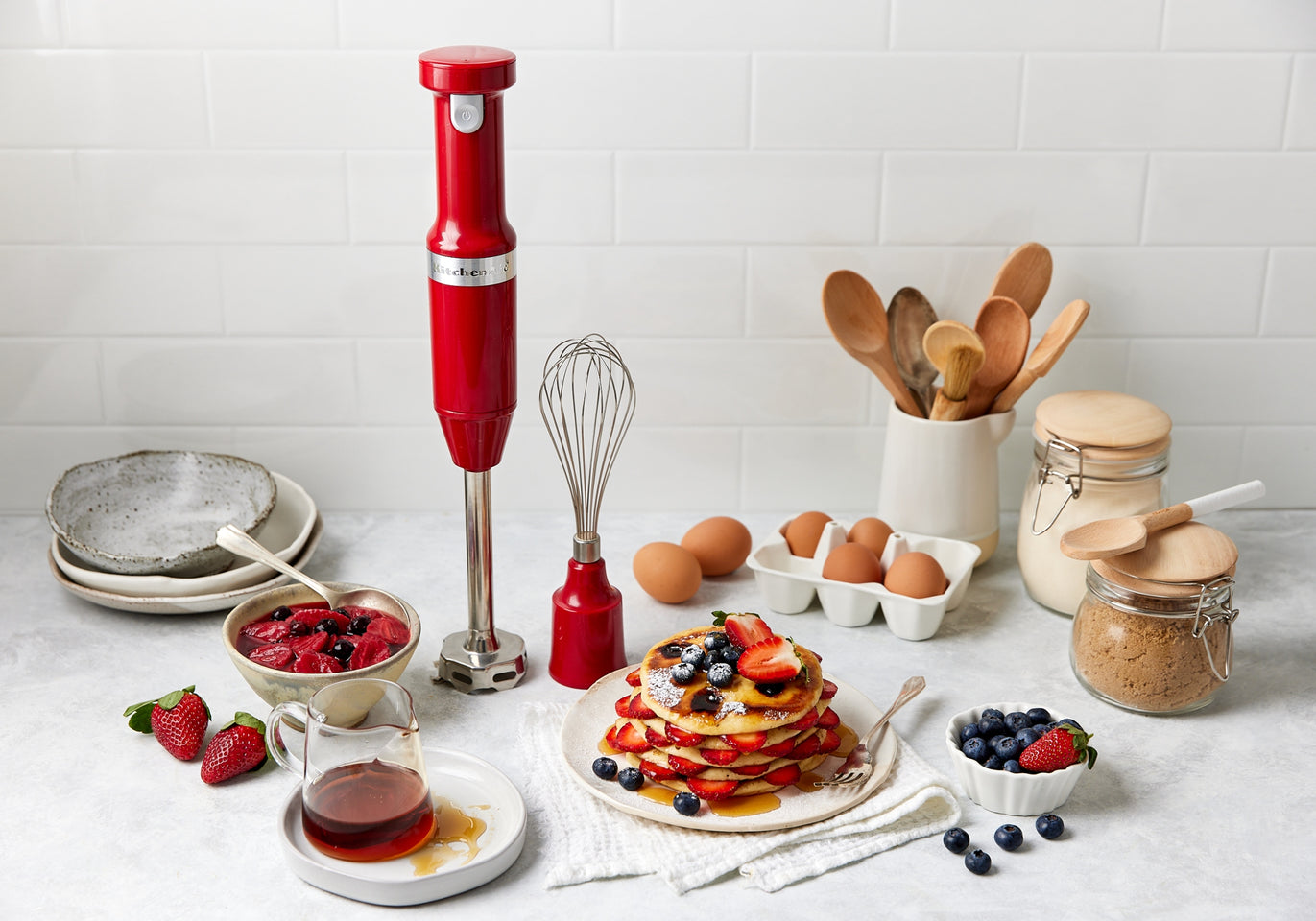
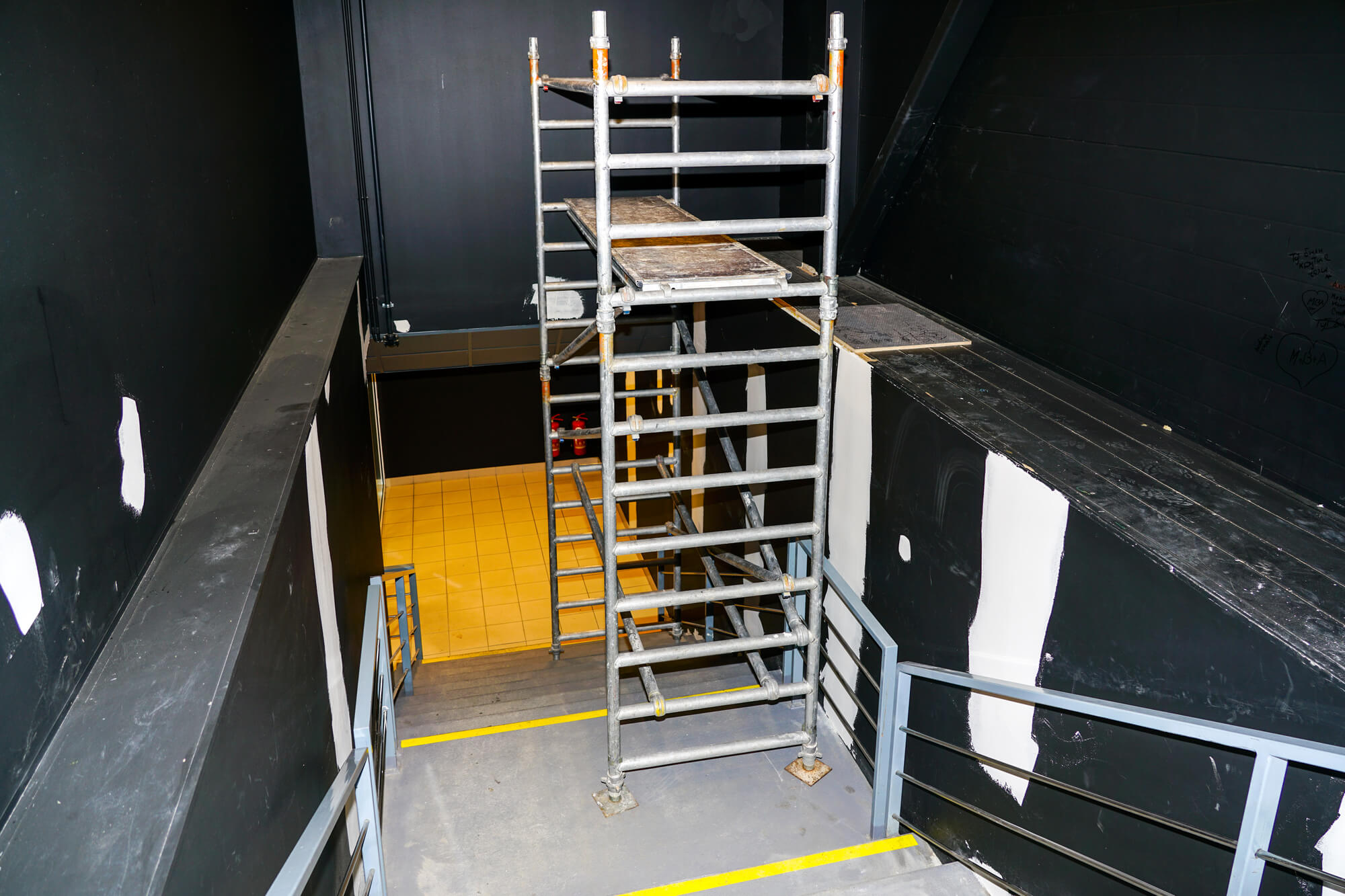
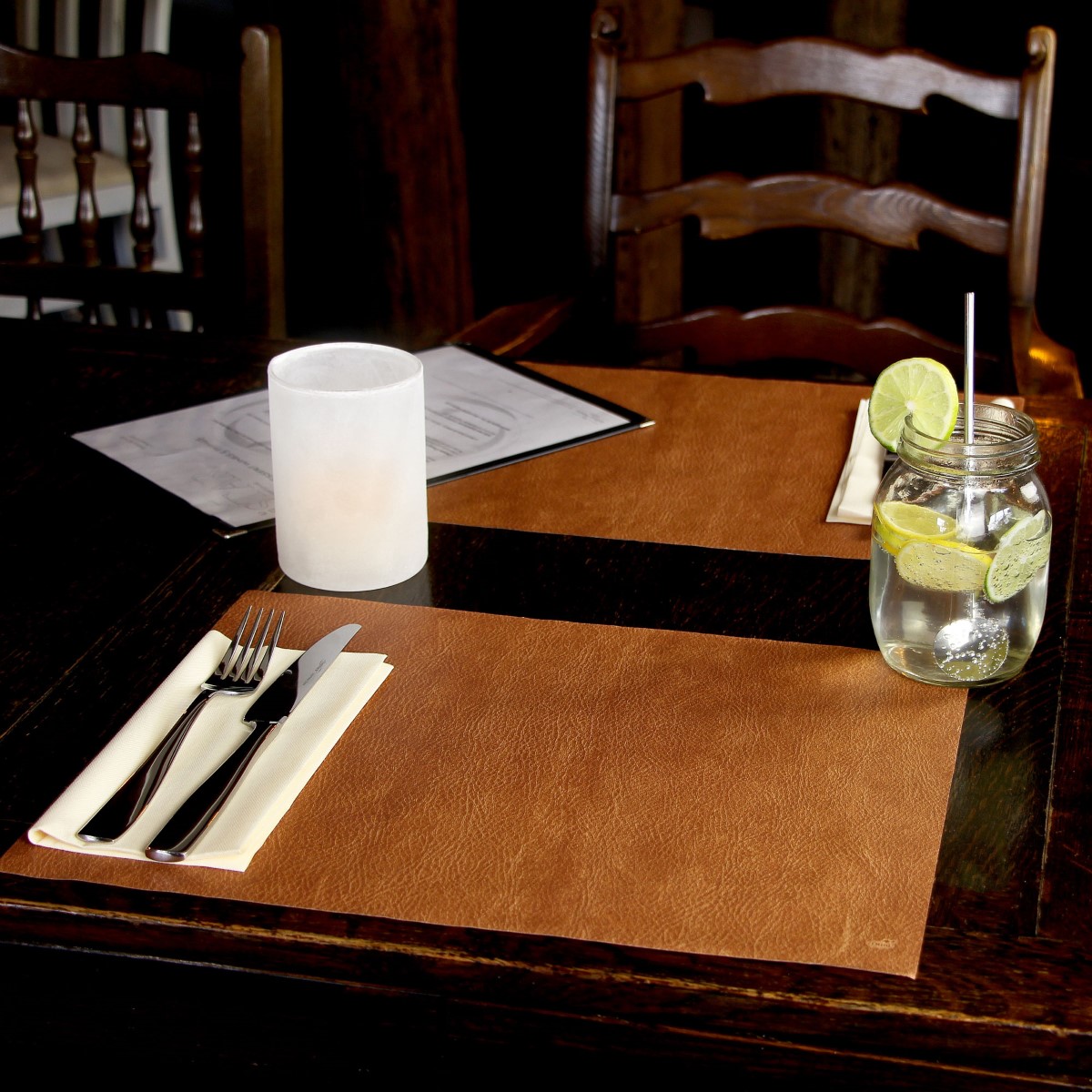

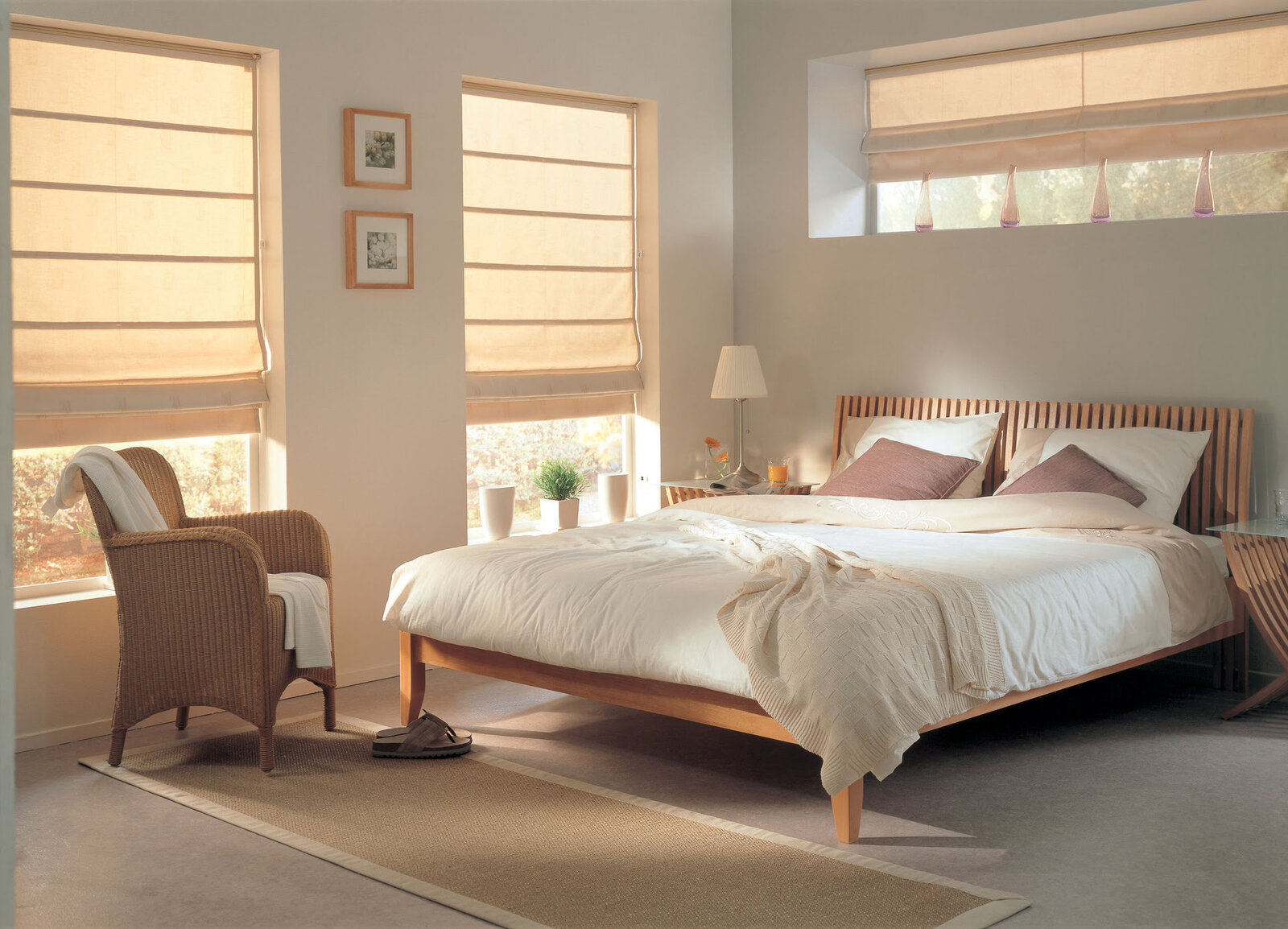
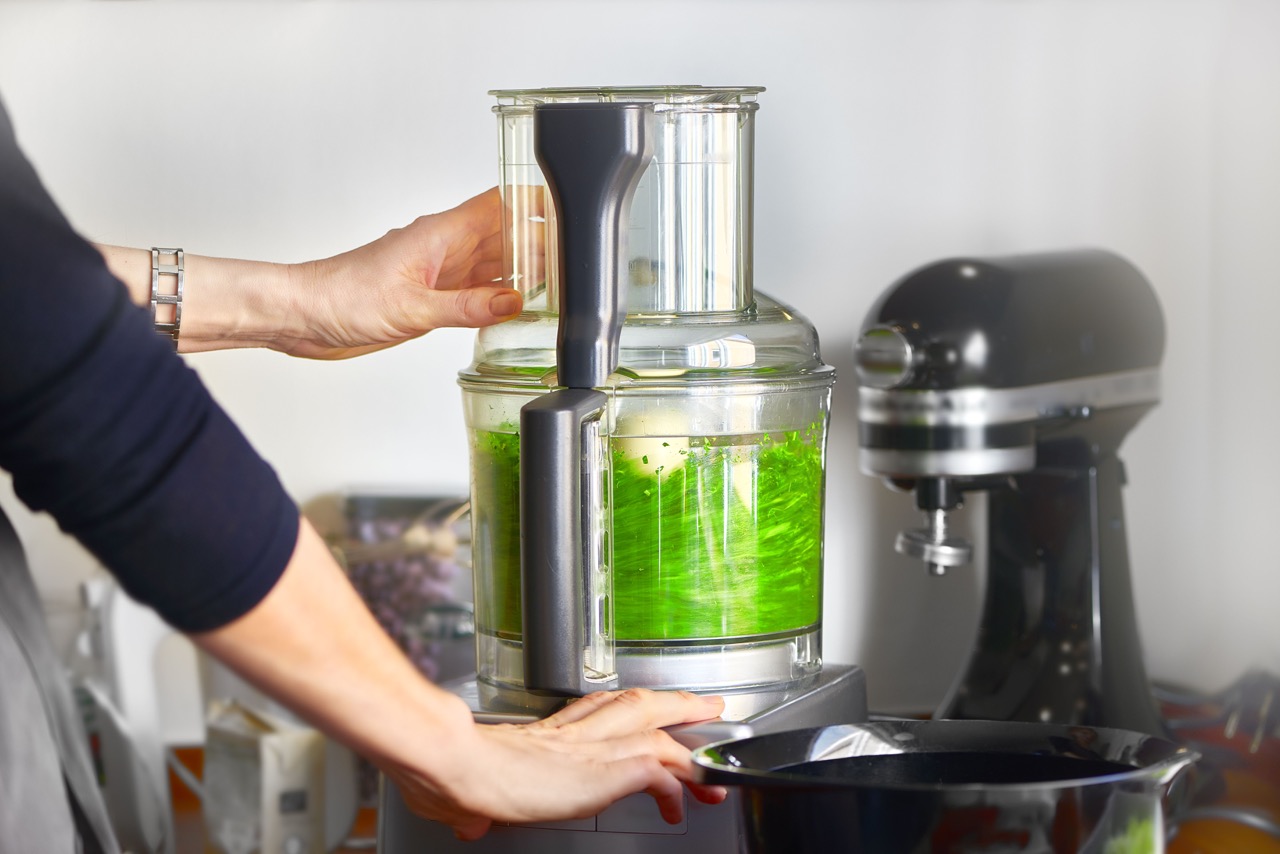
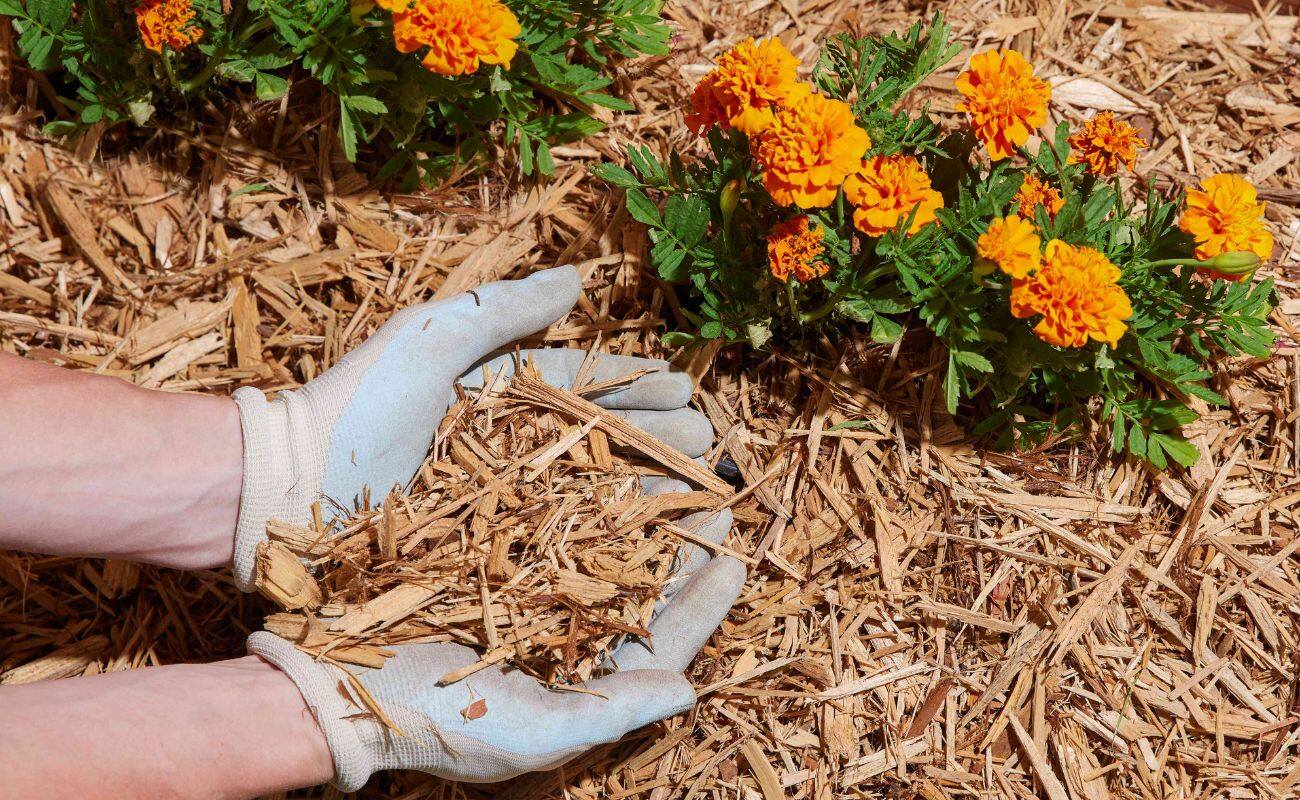
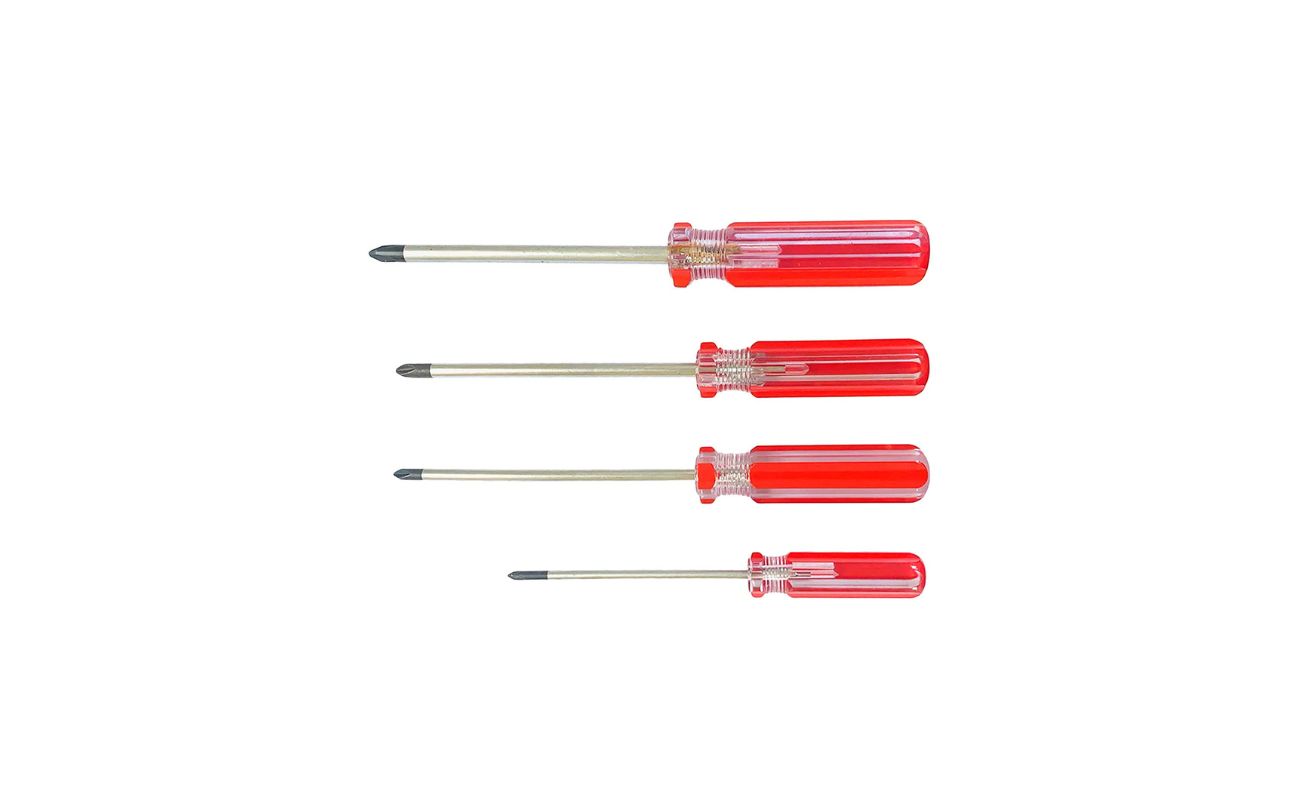

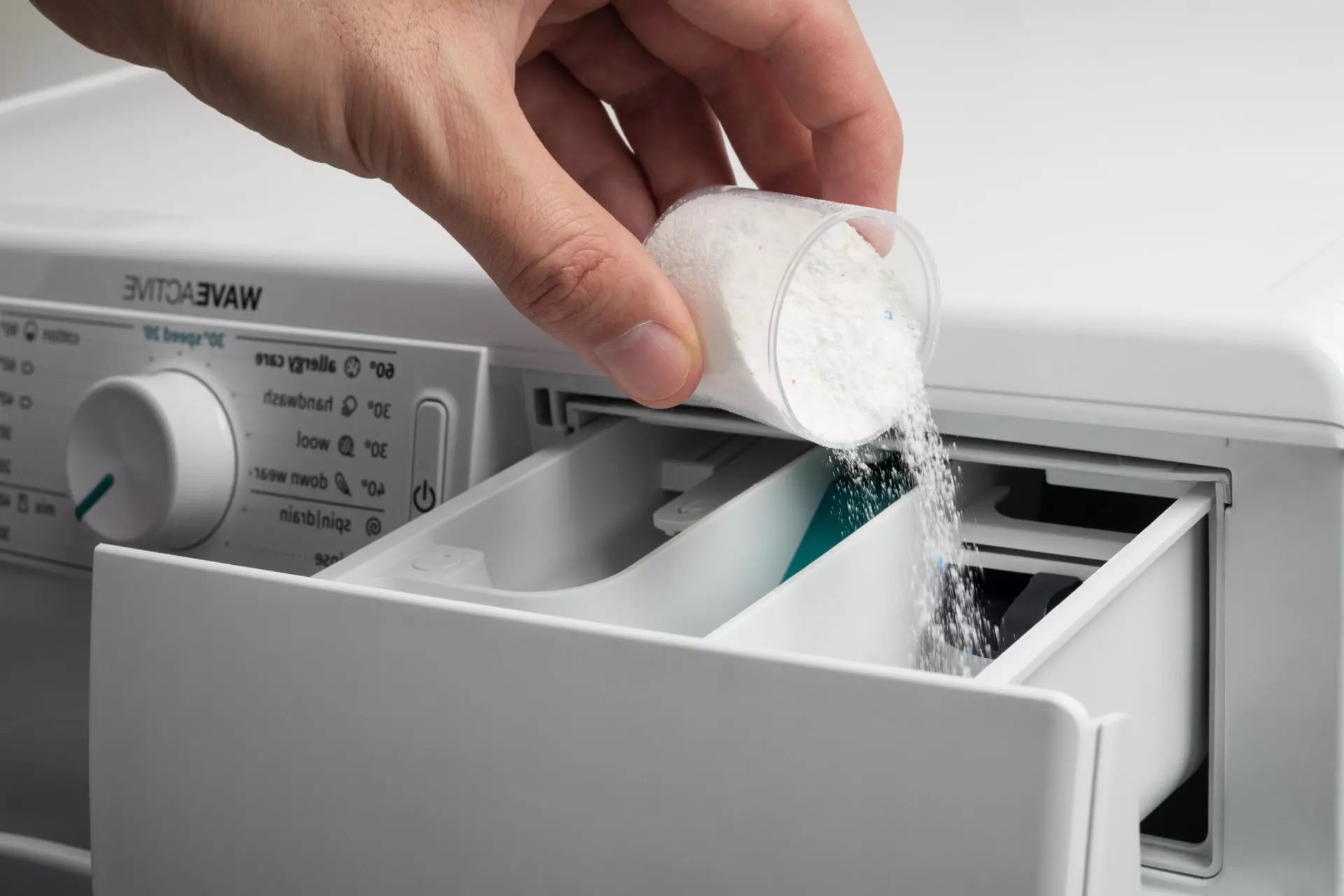
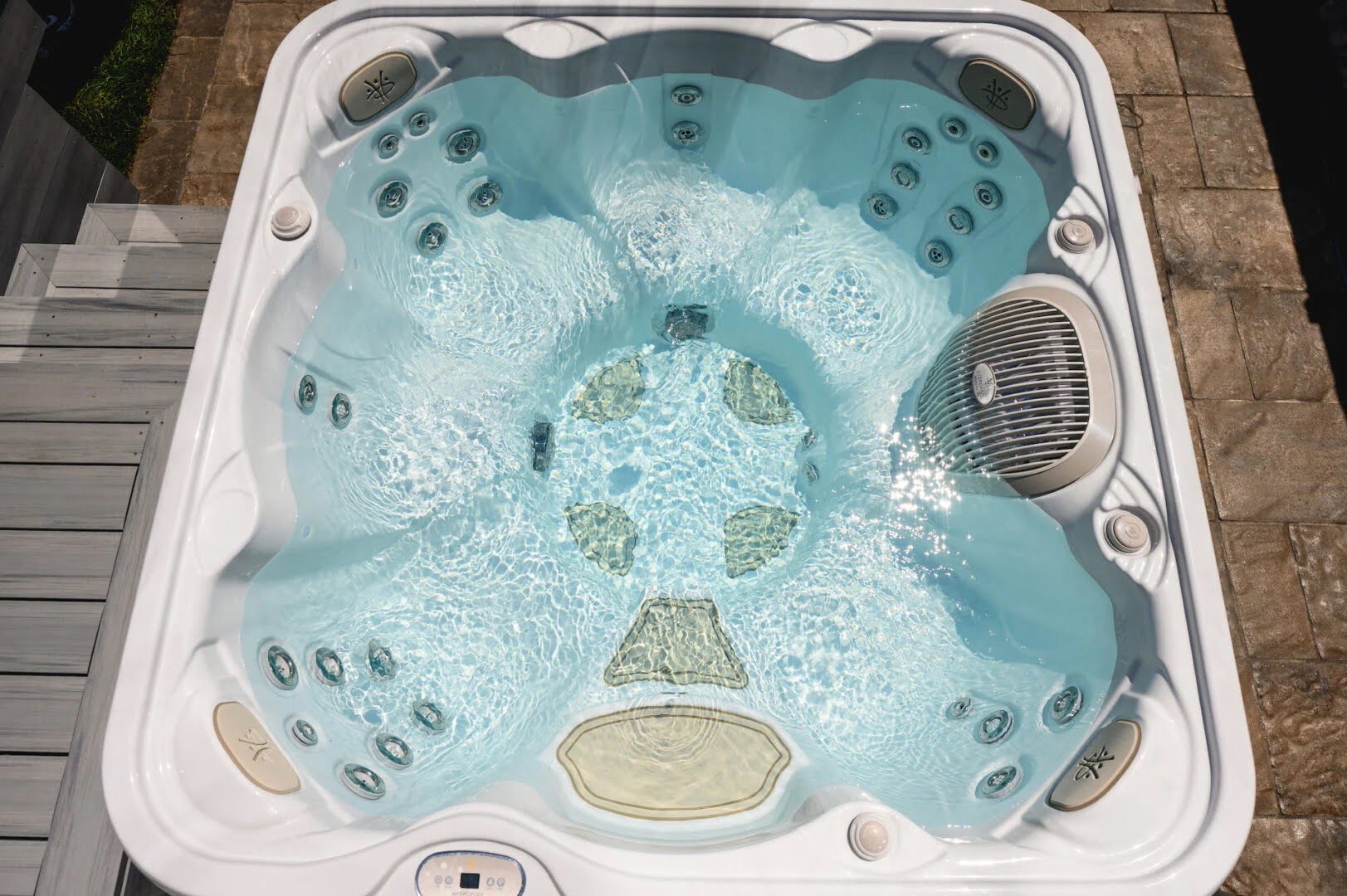
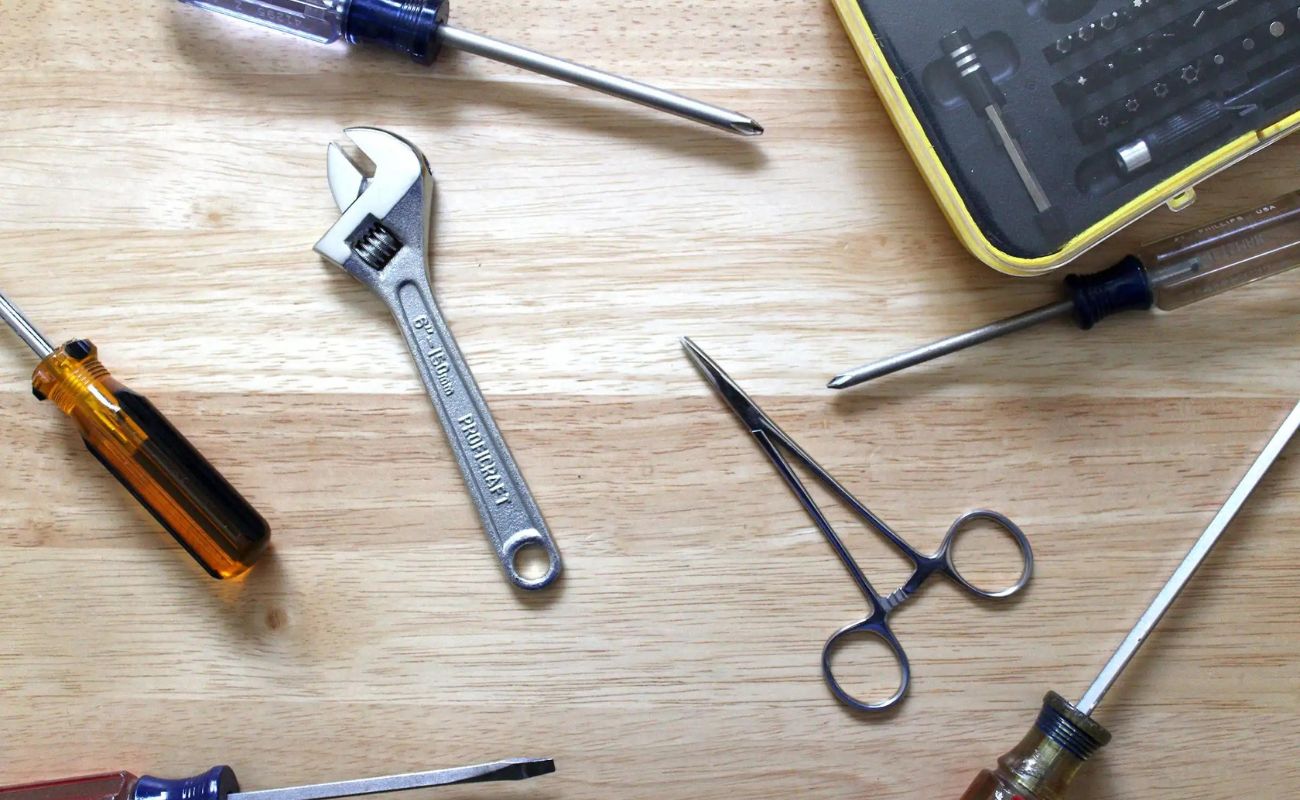
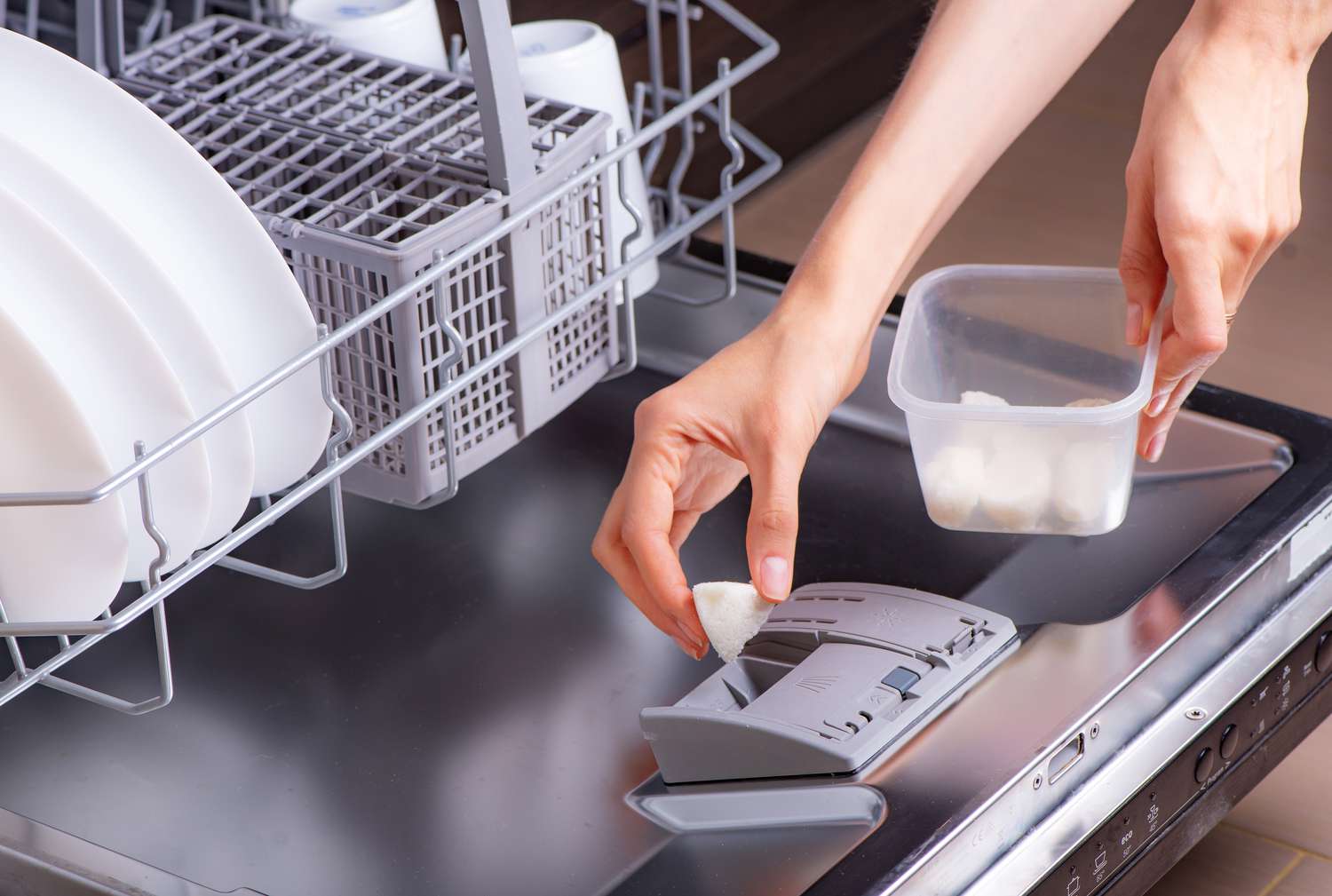


0 thoughts on “What Can I Use Instead Of Spackle”